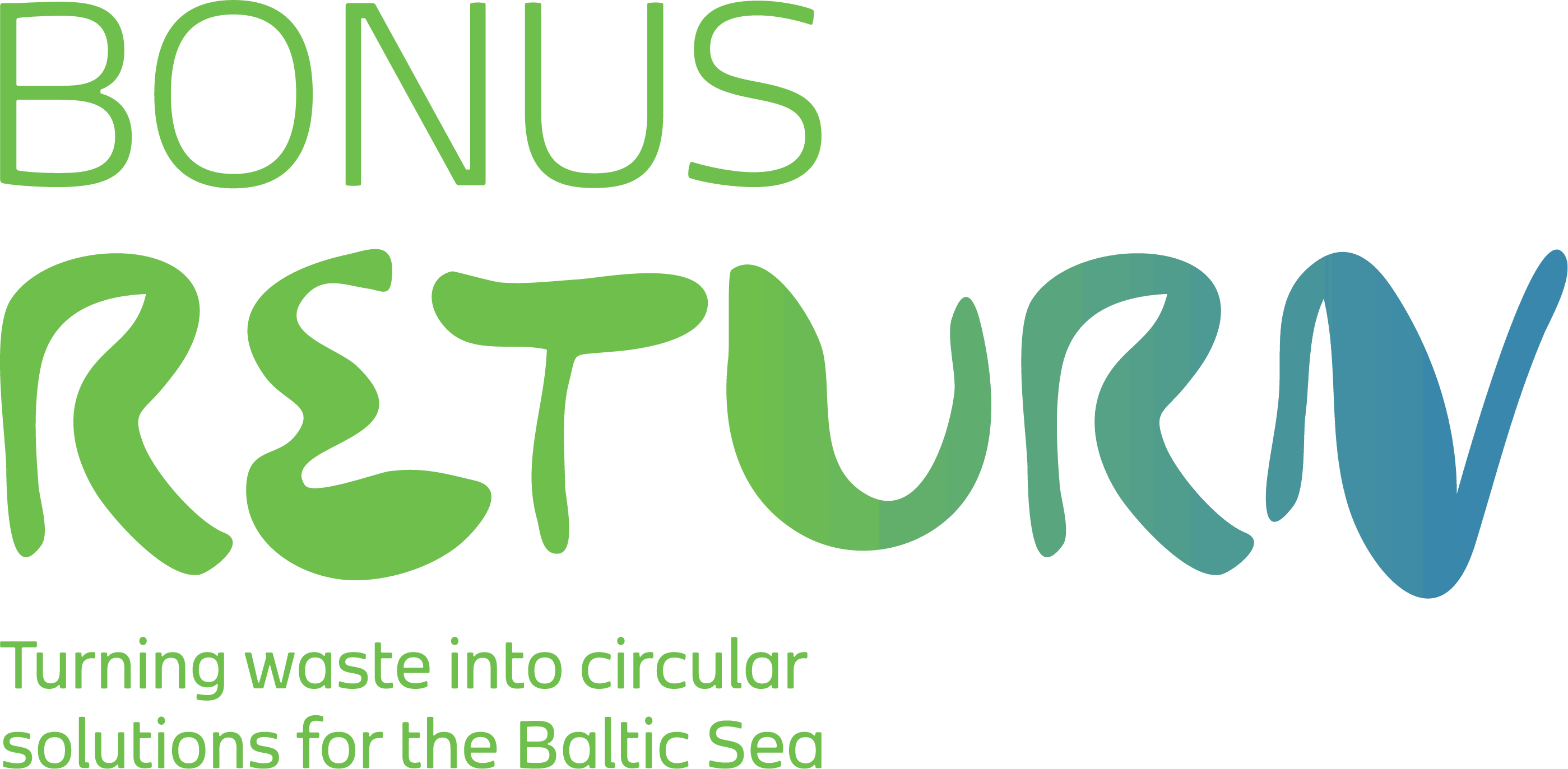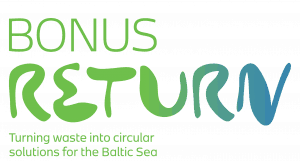Author: Linn Järnberg (SEI)
Reusing treated sewage sludge in agriculture can make sound economic and environmental sense. But as history shows, even the safest reuse technologies need to win over hearts as well as minds.
Discussions about innovation and technology tend to centre around the technology itself. But whether an innovation succeeds – that is, whether it is adopted by a sizeable share of potential users, and yields the hoped-for benefits – depends on an array of other factors, not least of them the potential users’ needs, cultural preferences and attitudes.
In BONUS RETURN, we are studying and supporting innovations related to sanitation and wastewater management – including the reuse of faecal sludge. Few things stir up as many (overwhelmingly negative) feelings, or are subject to such strong cultural ideals and taboos, as human waste. If projects aiming for productive reuse of human waste ignore or underestimate the obstacles these factors can create, they risk trouble.
An old idea gets new life
A report published by BONUS RETURN this year gives a historical overview of the politics, practices and attitudes surrounding sewage sludge, illustrated with examples from three BONUS RETURN case study countries: Finland, Sweden and Poland.
The report shows how European attitudes to the use of human excreta as an input, usually for agriculture, have shifted over the centuries. While some European farmers in the 19th century were quite happy to apply so-called night soil to their fields – as people did and, to an extent still do in, for example, parts of East Asia – Europeans now overwhelmingly view excreta only as a problem substance to be kept out of sight (and smell) and disposed of as safely and discreetly as possible.
Today, “humanure” is back on the agenda in Europe, although the topic is no longer raw human excreta but rather sewage sludge, a solid or semi-solid by-product of wastewater treatment processes, that has had dangerous pathogens removed but is still rich in organic matter and nutrients.
Attitudes as obstacles
Ever since the large-scale introduction of modern wastewater treatment in Europe starting in the 1960s, there have been continuous debates as to whether the sludge is suitable for use as agricultural fertilizer and soil conditioner.
Initially, the arguments against were related to spreading pathogens. Over the decades, however, debates have also centred on other substances that can remain in sludge after treatment, and can pose human and environmental health risks; for example, heavy metals, flame retardants, and most recently pharmaceuticals and microplastics. In Sweden, the Swedish Farmers’ Association (LRF) has swayed between supporting and discouraging the use of sludge-based fertilizer.
But once again, while these arguments are largely about the actual risks and how far technologies and regulations reduce them, public perceptions of risk – and deeper-rooted negative attitudes – may remain significant barriers to agricultural reuse of sewage sludge. The fact that there have been recurring debates with new risk factors continuously emerging may compound the public’s prejudices about sludge, contributing to a widespread sense that using sludge is inherently risky. At the very least, a suspicion that consumers could be sceptical towards sludge seems to be enough to make Swedish flour mills refuse to accept grains that have been fertilized with sludge.
Two responses: certify and sidestep
To counteract the perception of risk the Swedish Water and Wastewater Association introduced a scheme called Revaq, which certifies the safety and quality of sludge produced by a treatment plant for agricultural use. This encourages the treatment plants to work with upstream actors to ensure that harmful substances are kept out of their wastewater outflows. Today, 85% of the sludge applied to Swedish agricultural land today is Revaq-certified, according to a representative of the Swedish Water and Wastewater Association.
Another approach is to introduce an intermediate step between sewage and soil. A range of alternative technologies and practices are emerging to extract the valuable resources, which can then be used in fertilizers, soil conditioners and more. For instance, one of the innovators that BONUS RETURN supports, TerraNova Energy, has developed a technology to recover phosphorous (one of the critical nutrients for agriculture) and generate bio-char from sludge that can be used as fuel or soil conditioner.
Perhaps one day “fertilized with sewage sludge” will no longer raise eyebrows. Perhaps it will even be a badge of honour for vegetable products – after all, productive reuse of the large flows of wastewater has potentially huge sustainability benefits. But until then, initiatives aiming for productive reuse of sewage sludge must get to grips with changing cultural preferences and attitudes.
This post was originally published on the SEI website.

